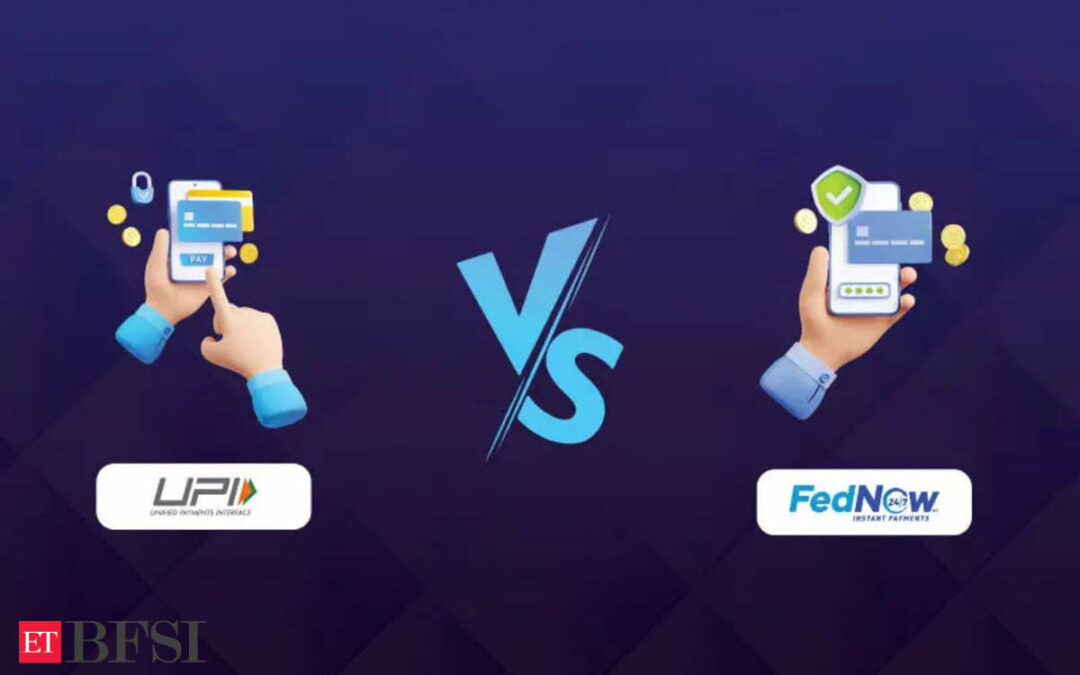While India’s Unified Payments Interface (UPI) is the foremost payment system in the world, the US FedNow is a relatively new system. Both aim to modernize financial transactions, but their approaches and technologies reflect the distinct needs and infrastructures of their respective countries.
UPI: India’s digital payment revolution
Launched in 2016 by the National Payments Corporation of India (NPCI), UPI has been a game-changer in India’s digital payments sector. This system allows users to make instant transfers between bank accounts through mobile apps or web interfaces. UPI supports a wide range of transactions, including bill payments, merchant transactions, and fund requests. Managed by NPCI—a non-profit organisation formed by the Reserve Bank of India and Indian Banks Association—UPI operates without transaction fees. This approach has driven widespread adoption across the country.
UPI transactions are initiated using a mobile phone number or a Virtual Payment Address (VPA), which serves as a unique identifier linked to the user’s bank account. Users can send and receive money, pay bills, and make purchases seamlessly. The system relies on the Immediate Payment Service (IMPS) infrastructure, and transactions are completed within seconds. UPI also integrates QR code technology for enhanced convenience.
The US approach to real-time payments
FedNow, introduced by the Federal Reserve and launched in mid-2023, represents a significant step forward in U.S. payment systems. Designed to facilitate real-time payments and transfers 24/7, FedNow aims to enhance the efficiency and accessibility of financial transactions for U.S. businesses and consumers.
Unlike UPI, FedNow is operated by the Federal Reserve, which is a central bank and operates on a profit basis. It is accessible through banks and other financial institutions connected to the Federal Reserve’s payment system. FedNow payments are initiated using the recipient’s bank account and routing number. The system supports default transaction limits up to $100,000, although financial institutions can adjust these limits. FedNow charges a monthly fee of $25 per routing transit number, along with $0.045 per credit transfer and $0.01 per request for payment message.
FedNow employs a modernized version of the Automated Clearing House (ACH) system and uses the ISO 20022 messaging standard. This infrastructure allows for faster processing times and better integration between various systems. FedNow also incorporates robust security features, including encryption, authentication, and fraud prevention.
The comparison
Despite their shared goal of improving payment speed and accessibility, UPI and FedNow differ in several key aspects:
UPI is managed by NPCI, a non-profit entity, whereas FedNow is operated by the Federal Reserve, which functions on a profit basis.
Geographic Coverage: UPI is exclusively used in India, with over 200 banks participating. In contrast, FedNow is available solely in the US and connects through financial institutions participating in the Federal Reserve’s system.
UPI transactions are generally free of charge and have varying limits depending on the bank and account type. FedNow has a default limit of $100,000 and imposes fees on transactions and services.
UPI payments are initiated using mobile numbers or VPAs, leveraging IMPS and QR codes. FedNow payments are initiated using bank account and routing numbers, utilising a modernised ACH system and ISO 20022 messaging standard.
UPI is widely used for person-to-person (P2P) payments, bill payments, and online purchases within India. FedNow supports real-time payments for various types of transactions, including P2P, business-to-business (B2B), and government payments in the U.S.
Operational differences
The operational processes of UPI and FedNow also highlight their differences:
Users initiate transactions via UPI-enabled apps, which send requests to the payer’s Payment Service Provider (PSP). The PSP authenticates the request and debits the payer’s account, subsequently crediting the recipient’s account through the recipient’s PSP. The entire process is completed within seconds.
FedNow Process: FedNow payments are initiated through the sender’s financial institution, which sends payment instructions to the receiver’s institution. FedNow validates, authorizes, and settles the payment in real-time, with immediate fund availability and confirmation messages sent to both parties.
The launch of FedNow signifies a transformative shift in the US payment system, aiming to provide faster, more efficient, and secure transactions. While UPI and FedNow share similarities in their objectives, their different technologies, fee structures, and operational processes reflect the unique requirements and environments of India and the US. As digital payments continue to evolve globally, FedNow and UPI exemplify how regional innovations can enhance financial transactions, making them more accessible and convenient for users worldwide.











